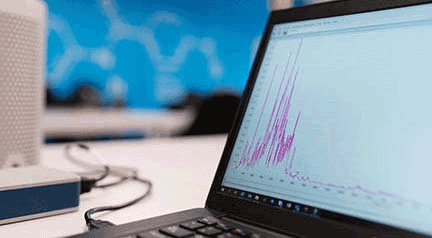Published: February 21, 2022 | Updated: February 22, 2022
Published: February 21, 2022 | Updated: February 22, 2022
 Sixty years ago, a new computer program emerged. It was called material resource planning. Manufacturers developed a version of this MRP for their own operations to have better reporting and organization of materials and inventory.
Sixty years ago, a new computer program emerged. It was called material resource planning. Manufacturers developed a version of this MRP for their own operations to have better reporting and organization of materials and inventory.
Within twenty years, other businesses saw the value of the tenets of this system for other departments. The 'new' system was named enterprise resource planning (ERP). It developed to incorporate more of a company's operations. Sales and accounting are merely two areas that an ERP benefited.
In time, cloud-based systems and ease of additional modules and features allowed more companies to utilize an ERP. It helped gain a better sense of operations, costs, and productivity. Each department input their own data. The ERP collected that data to generate reports as specific or general in nature as needed.
However…while an ERP system has been valuable, in one sense, it all but left behind or reduced the key areas from which it originated—equipment and inventory. This became more apparent when computerized maintenance management systems (CMMS) were developed to aid in tracking the maintenance of that company's assets. Users discovered the CMMS provided more detail about equipment, maintenance, and inventory, allowing workers to do so much more. With other modules and features to a CMMS, even more business could be accomplished. Purchasing, vendor tracking, even human resourcing. A quality CMMS became the tool to use. In time, some companies wondered how they had succeeded without one.
However…some of the companies using a CMMS also had an ERP. Costs, production, efficient operation still needed tracking. The CMMS filled a niche the ERP couldn't quite handle. A part of the bottom line/productivity factors were missing because the information sat within CMMS. Acquiring that information took time, a lot of 'cut & paste' and risked mistakes. The solution was CMMS developers created interfaces whereby the costs of parts, equipment, maintenance, and more could be transferred to the ERP, and the two systems would work in tandem with one another.
The CMMS of Mapcon Technologies helps ease the transfer of information from the maintenance side to an ERP, eliminating human error. With MAPCON's Advanced Interface Module, any information can be transferred to an ERP. Checking in and out parts? Using parts? Keep a minimum-quantity-allowance to generate a purchase order? How often are PMs being done? Emergency repairs? Worker compensation? Any other data desired? The ERP wants to know and MAPCON delivers. Does the company have a separate accounts payable for invoices? MAPCON can transfer that information, too.
Even with the many ERP/accounting systems existing, programmers at MAPCON can develop and customize interfaces for them.
A CMMS and an ERP should work well together. With MAPCON as the maintenance management system, businesses don't have to be concerned whether the ERP system can be accommodated.
If you're interested in how MAPCON can interface with your third-party systems, call 800-922-4336.